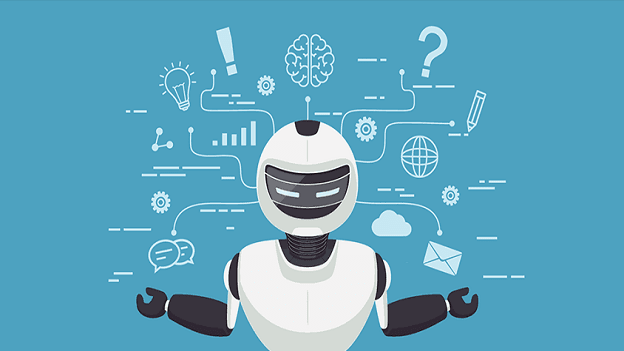Here’s why Chatbots in HR are on the rise

TechHR Singapore 2019 Read similar articles

Over the last year, there has been a rise in personalized Chatbots powered by artificial intelligence technologies. It is estimated that by the year 2020, at least 30 million Indians will be using the technology. Research by Juniper points out that the use of Chatbots could save $8 billion.
The Chatbot market is wide – right from applications in the customer service industry, to generating business, driving finance transactions, to utility based functions like brand building and website navigation, there are a number of ways Chatbots are being applied in business. In HR, Chatbots have found application across a number of processes in the employee lifecycle – right from the talent acquisition process to employee engagement.
But why is it being applied so widely?
The technology helps address a key pain area for HR professionals: timely response to transactional queries.
“Most queries for HR helpdesks are related to payroll, HRMS systems, leave and attendance, and employee exits. These queries can be completely automated through a chatbot.” says Prakash Rao, Founding Member and Chief Experience Officer, PeopleStrong
Sharing the example of queries in the talent acquisition process, Sanjoe Jose, CEO of Talview says, “There is a need to interact with candidates who are looking for jobs on your career site. It adds to the candidate experience. Basic queries on how to apply? What is the job description? What are the skills that a person needs to have? These questions need to be answered in a timely manner.”
It doesn’t end there. Chatbots can also guide a candidate through the process of scheduling interviews, administering training and selection, and internal assessments. These steps free up a recruiter to focus on building relationships with prospective candidates, making the process far more efficient.
Chatbots – The solution?
The impact of the technology and the product stickiness are measures that companies are still learning about.
Among companies that have used the technology, active and engaged users range from 8% to 35%. This is partly due to the nature of the queries. “How many monthly or daily users adopt the technology is dependent on how often you’d go to the HR in your regular work life,” says Prakash Rao. There’s a likely hood that adoption will increase in case a company decides to mandate “leave and attendance” using Chatbot integration.
A key advantage of using Chatbots is the role they play in assessing real-time feedback or mood. This happens on a scale that is not possible on a human to human level. Take the example of an employee engagement bot that can get a pulse poll of employees in real time for well over thousands of employees, spread across the world. It can also give insights on who needs individual attention.
But Chatbots are certainly not solutions for every problem.
“Everyone wants to apply Chatbots for everything because it is the latest fad,” says Swapan. “But finding the right use case and building for it is the single most important question” A helpful thumb rule he suggests is to think about which processes in HR do not require excessive typing to resolve issues.
Pre-requisites and implementation
As the market for Chatbots grow, interest and intent to use the product is also on the rise. There is, however, a few basics that organizations need to check for.
According to Prakash, there are three basic needs in terms of the technical infrastructure:
- HR system: Since Chatbots are dependent on the back-end system, it is important to have access to new-age HR systems instead of legacy systems.
- Data: Having access to up-to-date employee data is important. For example: If an employee is recently married, is your system up-to-date with the information?
- Analysis: Do you have employee queries centralized in a manner that you can analyze? What are the top queries asked in your company?
Analysis is critical for a Chatbot to function efficiently. Unlike in the banking and finance sector, where there maybe multiple variables to be considered before responding, HR transactions are simpler since they are mostly policy related. Still, there’s a need to gather data over time and identify common queries.
According to Swapan Rajdev, CTO and Co-founder Haptik, a company that builds Chatbots, “There are Bot builders, Bot trainers and Bot quality analyst – who are involved in data gathering. They also look at how the Bot is answering questions and input the desired responses”
Partnering with an external player is more fruitful when compared to developing the technology in-house. “It will would take 2- 3 years to build this technology in-house” says Sanjoe. As more data is shared, the system also learns by itself.
To learn more on how organizations are gearing up to leverage Chatbots in HR and overcome challenges of implementations, join us for People Matters TechHR Conference on 28th February 2019 at Marina Bay Sands, Singapore. Register Now!




